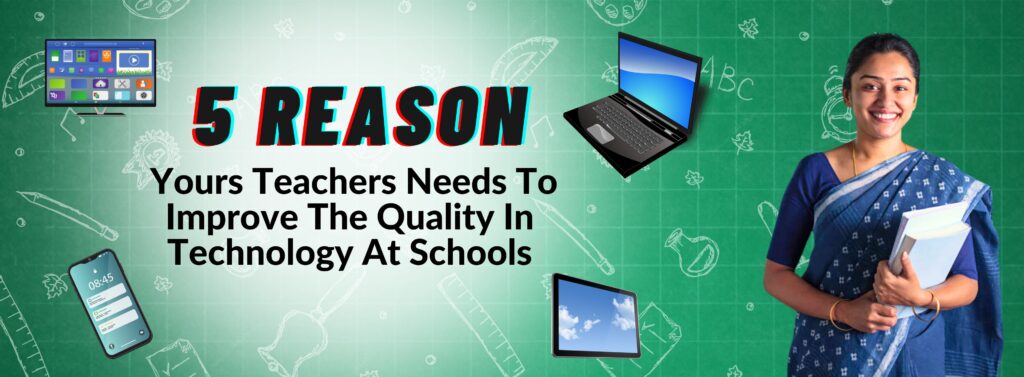
1. Professional Development Programs for Teachers
The goal of teacher professional development programs is to improve teachers’ topic knowledge, classroom management techniques, and teaching abilities. These courses provide instruction in a number of topics, such as subject-specific knowledge, classroom management, technology integration, and student engagement strategies. To keep improving, educators take part in online courses, workshops, seminars, and peer cooperation. The objective is to guarantee that teachers stay abreast of contemporary developments, embrace creative teaching strategies, and attend to the various requirements of their students. In the end, these initiatives seek to promote development, enhance the caliber of instruction, and assist students in succeeding in a dynamic learning environment.
2. Teachers Collaborations And Knowledge Sharing

Teachers collaborate and share information by exchanging ideas, resources, and instructional techniques with one another. Teachers can discuss best practices, address shared issues, and benefit from each other’s experiences when they work together. This can happen informally through peer mentorship and online forums, or formally through workshops, meetings, or professional learning groups. Teachers can increase their efficacy as educators, stay current with emerging developments in education, and create a positive work environment by exchanging knowledge. In the end, our partnership helps students by fostering a more vibrant, diverse learning environment
3. Government And Private Sectors Partnerships
Teachers in private schools and the government can share resources, best practices, and knowledge through a partnership. Through collaboration, educators from both fields can exchange creative teaching methods, tackle shared difficulties, and talk about how to use technology in the classroom effectively. Additionally, this collaboration can fill in the gaps in professional development and curriculum creation. A more inclusive learning environment is promoted and reciprocal learning is encouraged through collaborative workshops, conferences, and networking activities. In the end, these collaborations improve the standard of education for every kid, irrespective of the kind of school they attend.
4. Student Learning Through Technology

The goal of technology-enhanced student-centered learning is to design engaging, customized learning experiences that meet the needs of each individual student. Students can take charge of their education by utilizing digital technologies like learning management systems, interactive applications, and online resources. With the help of technology, kids may learn at their own speed, investigate subjects that interest them, and get immediate feedback. This method promotes critical thinking, teamwork, and active engagement, which deepens topic understanding and supports self-directed learning in an adaptable, technologically advanced setting.
5. Challenges And Solutions

Lack of training, inadequate infrastructure, and time limits are some of the difficulties teachers encounter when integrating technology. Professional development programs are essential for addressing these issues and providing instructors with the skills they need. The gap can be closed by enhancing educational infrastructure, for as by giving devices and internet access. By providing planning time and peer collaboration, time limitations might be lessened. Maintaining focus and giving all students equal chances can also be achieved by controlling student distractions and guaranteeing digital equity through blended learning or device loans. Communities, governments, and schools must work together to find solutions.

